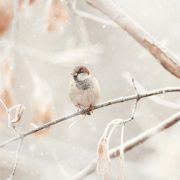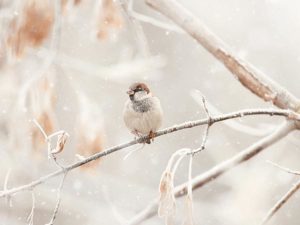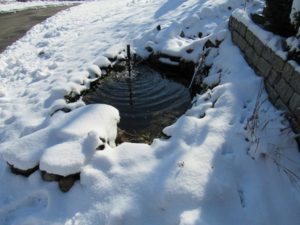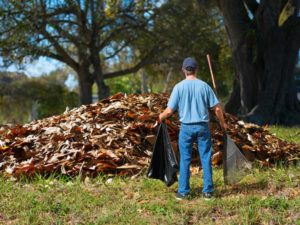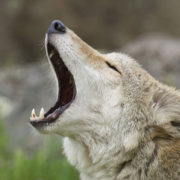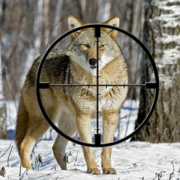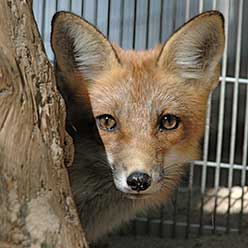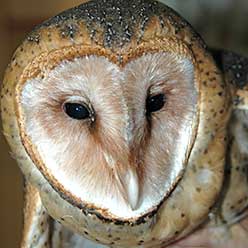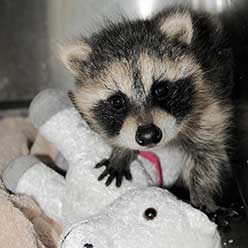How do world’s smallest sea turtles become stranded on Cape Cod?
A computational analysis has surfaced new insights into the wind and water conditions that cause Kemp’s Ridley sea turtles to become stranded on beaches in Cape Cod, Massachusetts. Xiaojian Liu of Wuhan University, China, and colleagues presented these findings in the open-access journal PLOS ONE on December 4, 2019.
The Kemp’s Ridley sea turtle is smaller and in greater danger of extinction than any other sea turtle in the world. This species is found in coastal waters ranging from the Gulf of Mexico to Nova Scotia, Canada. While Kemp’s Ridley populations have slowly risen since conservation efforts began in the 1970s, the number of turtles found stranded on Cape Cod beaches in the last few years is nearly an order of magnitude higher than in earlier decades.
To help clarify the conditions that lead to stranding, Liu and colleagues combined computational modeling with real-world observations. This enabled them to investigate circumstances that could trigger hypothermia in Kemp’s Ridley turtles — the primary cause of most strandings — and subsequent transport of the cold-stunned animals to shore.
The researchers used the Finite Volume Community Ocean Model to simulate ocean currents in Cape Cod Bay. To validate these simulations, they also released drifting instruments into the currents and tracked their movements via satellite. Then, they looked for links between the simulations, the drifter data, water temperature data, and records of where and when Kemp’s Ridley turtles were found stranded.
The findings suggest that Kemp’s Ridley sea turtles are more likely to become stranded at certain beach locations along Cape Cod when water temperatures drop below 10.5° Celsius and, concurrently, winds blow with high wind stress in certain directions. Once stranded, hypothermic turtles usually require assistance from trained volunteers in order to survive.
While these findings provide new insights that could help guide future search and rescue efforts, questions remain. Further research is needed to clarify the depth of water at which Kemp’s Ridley sea turtles typically become hypothermic, and how processes like wind and waves may impact stranding events at those depths.
Co-author James Manning notes: “While the state-of-the-art ocean model can help simulate the process, both the student-built drifters and bottom temperature sensors deployed by local fishermen are critical to the investigation.”
Report made possible by data published this month from Prof. Xiaojian Liu, Wuhan University, China, and PLOS.
- For Full Abstract See: Xiaojian Liu, James Manning, Robert Prescott, Felicia Page, Huimin Zou, Mark Faherty. On simulating cold-stunned sea turtle strandings on Cape Cod, Massachusetts. PLOS ONE, 2019; 14 (12): e0204717 DOI: 1371/journal.pone.0204717
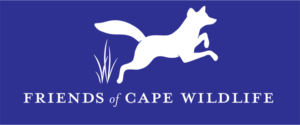
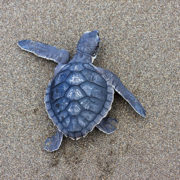
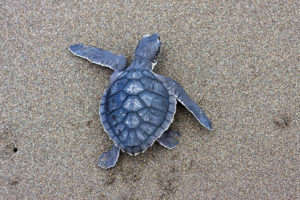
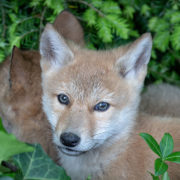
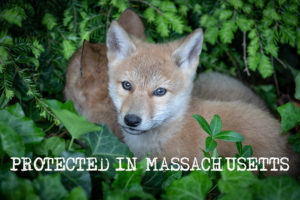
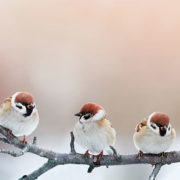
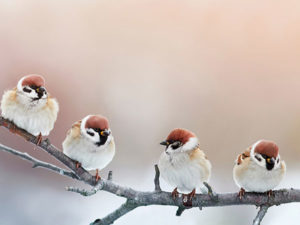
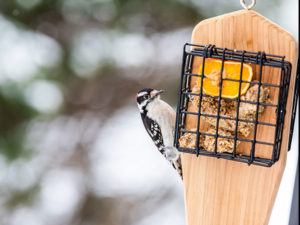
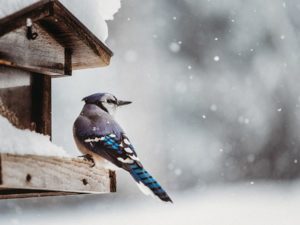
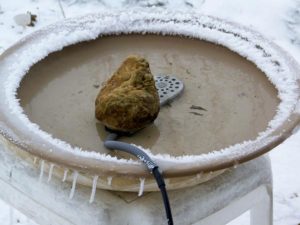
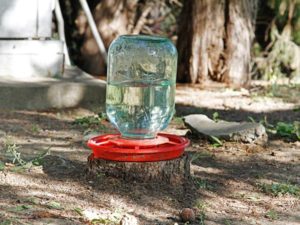


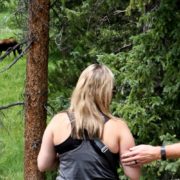
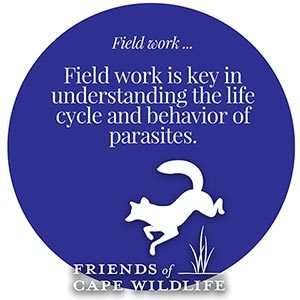 Within the framework of One Health, the role of biodiversity and ecology of parasites in wildlife is being studied, though at the present time the current focus on surveillance and control strategies of infectious diseases does not follow a holistic approach. For example, some studies that investigated the epidemiology of infectious diseases barely examined the ecosystem as a whole. The interrelationships between humans, animals, and the parasite microbiome are not fully understood. One Health has a pivotal role to play, because of its fundamental principles that are inclusive of all aspects that can contribute to disease monitoring and control. One Health is defined as a collaborative, multisectoral, and transdisciplinary approach to achieving optimal health of ecosystems, considering the interconnection between animals, plants, humans, and their environment. It considers that animals exist with humans in a diverse ecosystem that has varied environmental factors, such as nutrition, toxins, climate change, and infectious. A key aspect of One Health is fieldwork because it determines the extent of mitigation in terms of methods employed to control diseases and ensure optimal ecosystem health.
Within the framework of One Health, the role of biodiversity and ecology of parasites in wildlife is being studied, though at the present time the current focus on surveillance and control strategies of infectious diseases does not follow a holistic approach. For example, some studies that investigated the epidemiology of infectious diseases barely examined the ecosystem as a whole. The interrelationships between humans, animals, and the parasite microbiome are not fully understood. One Health has a pivotal role to play, because of its fundamental principles that are inclusive of all aspects that can contribute to disease monitoring and control. One Health is defined as a collaborative, multisectoral, and transdisciplinary approach to achieving optimal health of ecosystems, considering the interconnection between animals, plants, humans, and their environment. It considers that animals exist with humans in a diverse ecosystem that has varied environmental factors, such as nutrition, toxins, climate change, and infectious. A key aspect of One Health is fieldwork because it determines the extent of mitigation in terms of methods employed to control diseases and ensure optimal ecosystem health.